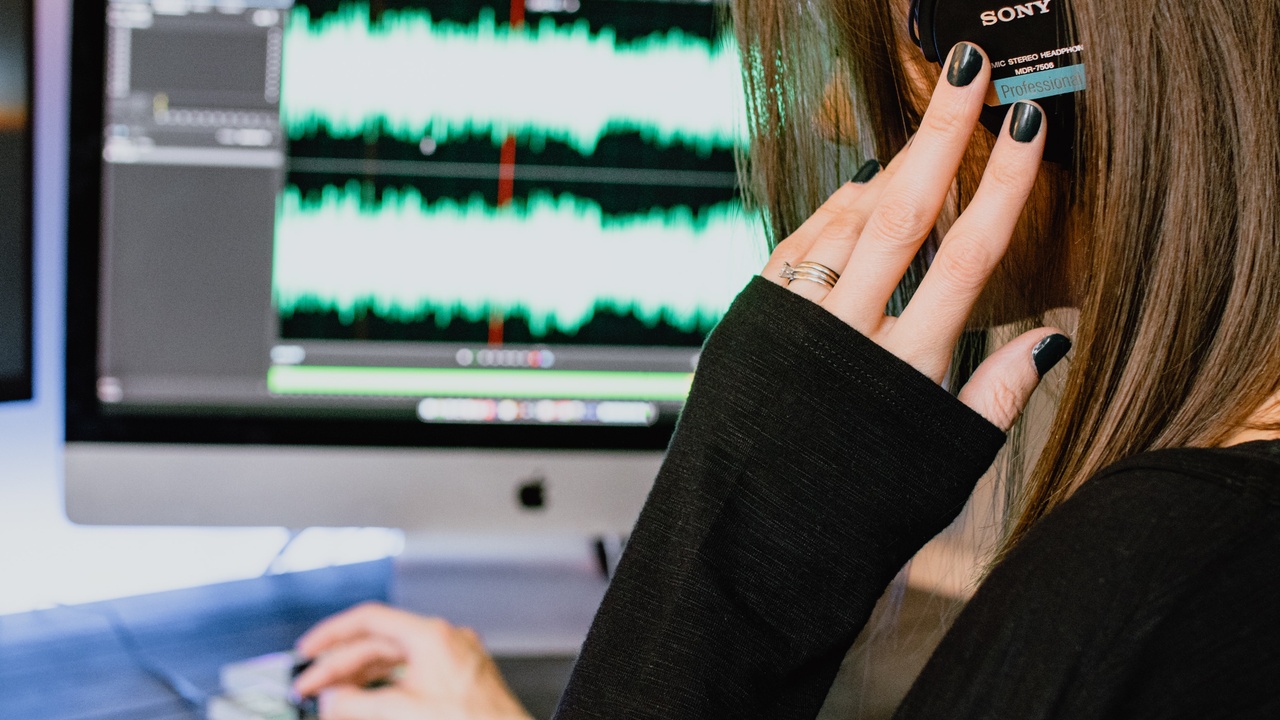Audio Compression is Not the Answer for Crafting a Stellar Mix
Feb 01, 2021
Photo by Kelly Sikkema on Unsplash
In the realm of audio mixing, the prevailing belief that compression is the magic bullet for achieving exceptional results often overshadows the fundamental truth: compression alone cannot salvage a poorly crafted mix.
While compression is undeniably a valuable tool, its usefulness is truly realized when applied to a solid foundation of well-balanced sounds and meticulous EQ’ing.
In this blog, I will delve deeper into the purpose of compression, its corrective and creative applications, and the crucial steps that precede its practical use in the mixing process.
Understanding Compression
At its core, a compressor serves to regulate the dynamic range of a signal, narrowing the gap between the loudest and quietest sounds. This functionality proves vital in preventing clipping, managing transients, and maintaining a cohesive blend within the mix.
Compression can be categorized into two broad types: Corrective and Creative.
Corrective compression is used to smooth out erratic performances. For example, taming the spirited playing of a bass player or reigning in the dynamic range of a vocalist transitioning from a soft whisper to a powerful scream.
On the other hand, creative compression involves using it as a tool to create loudness or to infuse the distinct characteristics of the particular compressor into a track contributing to the overall coloration of the mix.
A little compression applied to the overall mix can increase headroom when mixing live sound, and it can help to pull a mix together. However mis-used or over-used compression can be detrimental to a mix. Often an inexperienced engineer will try to use a compressor to remedy problems in a mix that should be solved by other means.
When it is implemented incorrectly, a compressor can produce undesirable results.
When applied correctly it plays a multifaceted role in the audio engineer's toolkit. However, to ensure optimal results, you want to take care of a few things first.
Where to begin
Before reaching for the compressor, it is crucial to address two key elements that lay the groundwork for a great mix: optimal gain on inputs and properly applied EQ.
Start with great sounds and make sure you have a strong signal level into your DAW or mixer. This foundational step guarantees that the subsequent processing, including compression, operates on a clean and strong signal.
Following optimal gain staging, the next crucial step involves the skillful application of EQ. Equalization proves to be a formidable tool for sculpting sounds, eliminating muddiness, introducing punch and clarity, and even serving as an effect. Properly applied EQ will do wonders for your mix. If you’d like to learn more about EQ I cover it in depth in my program LISTEN!
Crafting a Solid Mix
After establishing an optimal foundation, the next step in the mixing process is to balance the levels of individual instruments and vocals.
Through a combination of panning, EQ adjustments, and level balancing, each element finds its place within the stereo image. At this point, your mix should begin to take shape. If, however, the mix is failing to meet your expectations and things are not sounding as you’d like, it is best to revisit and rectify any underlying issues before applying tools such as creative compression and effects.
The Role of Compression in the Mix
When you have a well-balanced mix in place, this would be the time to use creative compression. However, use it sparingly, especially if you are not well-versed in its operation. An inexperienced hand can inadvertently suck the life out of a mix by overusing compression or improperly adjusting critical settings like threshold, attack, and release. The result may be unwanted artifacts that compromise the integrity and natural feel of the audio.
Pre or Post?
Compression can be applied pre or post-EQ depending on the desired result.
When inserting a compressor post-EQ, any boosting you do in the EQ has the possibility of driving the signal into compression depending on how the threshold is set. Basically, the loudest frequencies of the signal trigger the compression. This is a good option for softening annoying or unwanted frequencies from a source, for example removing unwanted sibilance from a vocal.
Inserting a compressor pre-EQ allows you to make needed adjustments to the EQ without it affecting the compressor. For example, if you are shaping your drum sounds with EQ to add more punch, and would like to add some compression for dynamic control, you would want to put the compressor before EQ in the signal chain.
In Conclusion
Compression can be a powerful tool in the audio mixing process when it is used correctly. But it is not a magic bullet that will fix the problems of a poorly crafted mix. Rather than relying on compression as a corrective measure for a lackluster mix, it’s imperative to learn how to create a stellar mix from the ground up.
Mastering the fundamentals of great sounds, optimal input signal, EQ, and balance, paves the way for the strategic application of compression, resulting in mixes that are not only technically sound but also artistically compelling.
By: Michelle Sabolchick




